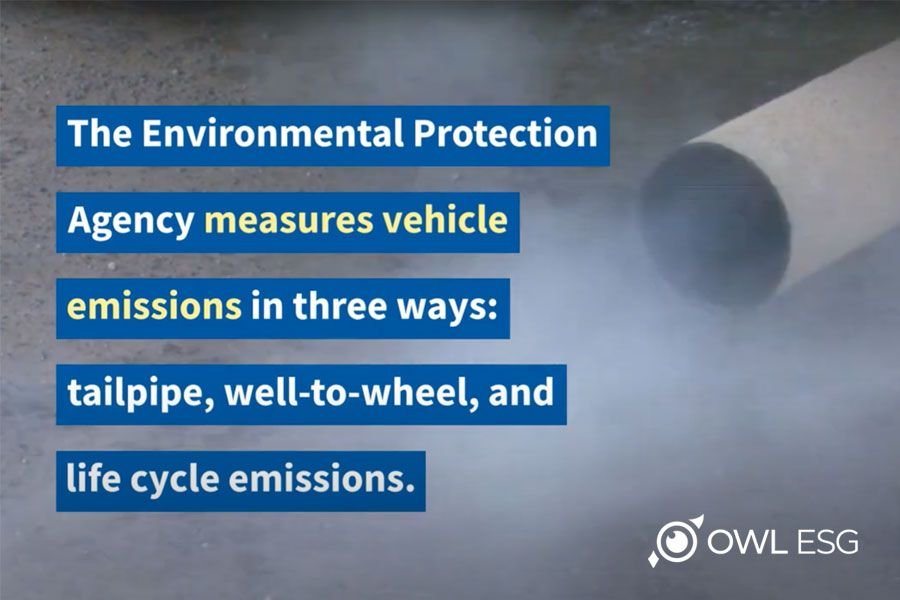The EPA’s new car emission rules, aimed at reducing vehicle-related pollutants, could eliminate 3.1 billion tons of CO2, cut U.S. gasoline use by over 360 million gallons, and save up to $420 billion in fuel costs by 2050. However, 15 states reliant on fossil fuels are challenging these regulations, while others like California and New York are advancing bans on fossil fuel-powered vehicles. Consumer adoption of electric vehicles (EVs) remains a challenge due to higher costs and charging infrastructure issues, despite potential long-term savings of up to $14,500 over 15 years.
The most notable trailblazer of EVs, Tesla continues to make strides towards a greener future. Data from OWL’s Deep Research Application shows that in 2022, the company produced and distributed over 1.3 million EVs globally. While they come at a price, revenue from Tesla’s emissions credits is invested in expanding EV capacity, reducing the number of internal combustion engine (ICE) vehicles.
Also in 2022, Tesla earned nearly $1.8 billion from selling zero-emission regulatory credits to other original equipment manufacturers (i.e., Ford, Honda, BMW). In fact, a single Tesla vehicle avoids almost 55 tons of CO2e over its 17-year lifespan, the average for vehicles in the U.S. The same year, Tesla’s global fleet, energy storage, and solar panels helped customers avoid 13.4 million metric tons of CO2e, equivalent to over 33 billion miles of driving.
The EPA’s regulations have both environmental and financial impacts. They have reduced carbon emissions and air pollutants, contributing to a cleaner environment, but the transition to renewables requires significant supplies of critical metals, which are vulnerable to climate-related disruptions. Financially, stricter emissions standards have led to innovations in vehicle design, promoting fuel efficiency and cost savings for consumers.
As states like Texas and California illustrate, transitioning to EVs involves complex challenges, particularly affordability and efficiency concerns. Broader solutions, including public transport and urban redesign, are necessary for a comprehensive approach to sustainable transportation. Achieving cleaner emissions and a sustainable future requires cooperation, innovation, and alignment with net-zero strategies, offering the promise of a greener, more responsible transportation future.

